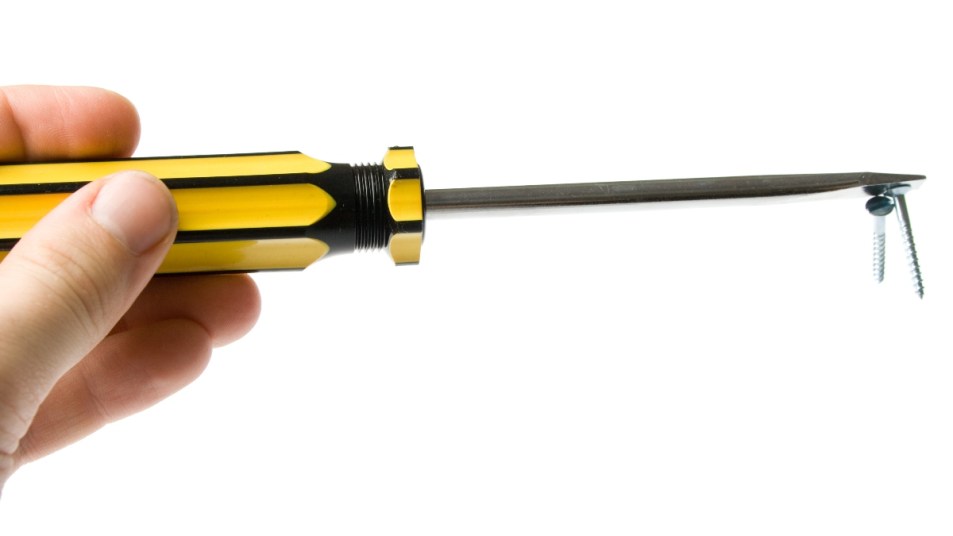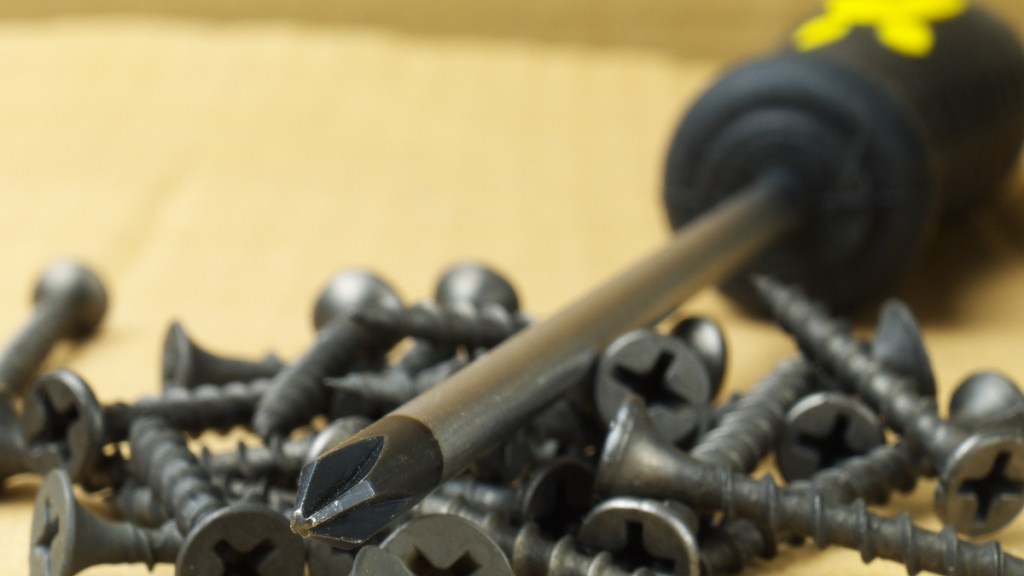How to Magnetize a Screwdriver: Home Pros Share the Easy Technique That Saves You Cash
Never lose your grip on a screw again

There’s little more frustrating than when trying to put together your latest furniture purchase and your screwdriver loses its grip on the screw you’re trying to drive it in. Either the screw falls to the floor and rolls under the furniture or you hurt your hand starts to ache with the constant repositioning. One way manufacturers solved the problem was by creating magnetized screwdrivers, ensuring even if your hand slips the screw stays connected to the screwdriver. But if you don’t have one, or don’t want to buy one since you already have a set of screwdrivers you may be wondering if there’s a way to make the ones you already have work like a magnet. That’s why we asked professional handymen how to magnetize a screwdriver, why it’s beneficial to do so and the methods you’ll want to avoid. Keep scrolling for more.
What is a magnetized screwdriver?
A magnetized screwdriver is a screwdriver that has been magnetized in order to help attract and hold metal screws securely onto the tip of the screwdriver, making it easier to handle and position screws, says licensed contractor Jay Sanders, owner of Castle Dream Construction and Maryland Contractors. This works especially well in tight or awkward spaces where it might be difficult to hold the screw in place manually while driving it in. Magnetized screwdrivers are commonly used in various industries and household tasks where precision and efficiency in screw fastening are important, he explains.
Why magnetize a screwdriver?
There are a couple of reasons that make it worth magnetizing your most-used screwdrivers. “The main intention of magnetizing a screwdriver is to make it easy to pick and hold onto screws, in tight spots or when you need a free hand,” says Sanders. “It’s useful when you’re trying to set a screw in place without it falling off, saves you time and frustration.” The magnetic attraction ensures the metal screws stick to your tool, almost like glue or tape!
Besides keeping screws handy, a magnetized screwdriver can also be an efficient tool for collecting dropped hardware too. “It can help in retrieving small ferrometal objects or components that may have fallen into tight spaces where fingers or regular tools can’t reach easily,” adds Josh Rudin, owner of ASAP Restoration LLC. “This is a solid solution and much better than using a vacuum with a dryer sheet on the end because it’s more precise.”
Can you magnetize any screwdriver?

It’s helpful to magnetize a screwdriver, but the pros share that you can’t do it to every tool. “Magnetizing a screwdriver can only be done to ferromagnetic materials such as steel, iron, alloys, etc,” explains Rudin. “Ferromagnetic metals are ones that can be magnetized and still retain their magnetization even when the field is removed.”
Luckily, the most common screwdrivers are made of steel, which means you can magnetize them. (The key is having high iron content so they can hold a magnetic charge). Stainless steel, on the other hand, will not support magnetization.
How to magnetize a screwdriver
Luckily, the process of magnetizing a screwdriver is actually quite easy and you only need one item to do so! Have a magnet on hand? “You can simply rub the screwdriver against the magnet, stroking it in one direction to create a magnetic field,” says Rudin.
The key to success? Use a magnet that is as strong as you can find. “This will help to induce magnetism in your target metal more efficiently,” he adds. You also want to ensure you’re only rubbing your magnet in one direction, or it will not be effective. Once you rub it the other way it demagnetizes it!
See how well this works in the TikTok from @giuseppesgarage below:
@giuseppesgarage Cool Tech Tip – How To Magnetize Your Screwdriver!! #giuseppesgarage #mechanic #techtip #tech #cartip #cartok #fyp #for #foryoupage
♬ Summer day – TimTaj
The job can also be done with a magnetizing block or tool such as the MBX Magnetizer Demagnetizer for Screwdriver Tips, Bits and Small Tools, as shown in the TikTok from @fixdotcom below. This aligns the metal’s atoms in a way to induce magnetism.
@fixdotcom Ever heard of a tool magnetizer? 🧐 #cooltools #tools #screwdrivers #toolstoday #toolsinaction
♬ FEEL THE GROOVE – Queens Road, Fabian Graetz
What not to do to magnetize it
Electromagnetism is another way to magnetize a screwdriver, but it can be dangerous! “Using methods that pose a safety risk, like coiling wire around the screwdriver and connecting it to a car battery should be avoided, as this can cause a shock hazard,” advises Sanders.
Sticking with a strong magnet is the best way to go. However, even with the magnet method, try and be mindful of where you’re doing it. The reason? You can inadvertently magnetize things that are near the tool. “Simply be careful of magnetic fields in general as they can do damage to more sensitive materials such as computer hard drives and smartphone CPU’s and screens too,” Rudin cautions.
The easy fix for a weak magnetic pull
You’re working on a project one day and notice the hardware is no longer “sticking” to your screwdriver like it should. The pros say magnetizing a screwdriver isn’t permanent and can weaken over time. Excessive heat exposure can also demagnetize it. Therefore, it’s best to try and keep store in a cooler place when you don’t need it.
If you find this is the case, just re-magnetize again as described above. It will quickly fix the problem so you can keeps screws handy on the tool once again.
For more home improvement hacks, keep reading!
Plumbers’ Tips for How to Unclog a Kitchen Sink Fast + The Drain Cleaner You Should Never Use
Need to Remove a Broken Lightbulb? *This* Vegetable Can Help!
How to Hang Picture Frames on Any Wall: Home Pros’ Tricks Make It So Easy














